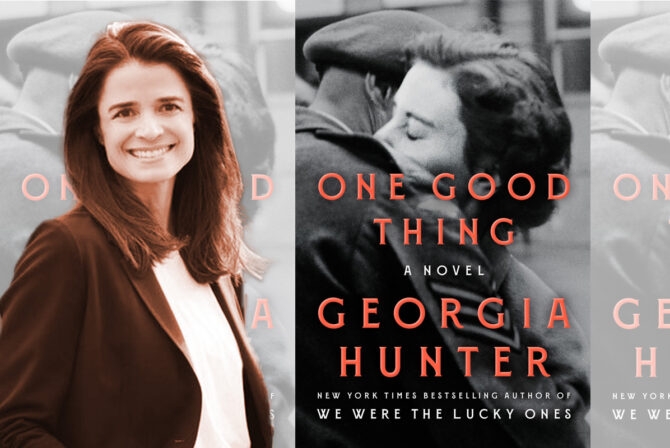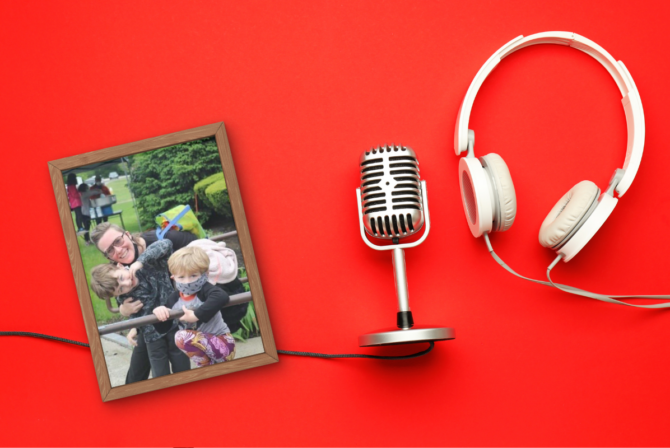My younger son, like lots of younger children, is easygoing. We used to call him the Mayor of Babyville because he’s so often smiling like a glad-handing guy on the campaign trail. At 2.5, he still lets me back carry him in a woven wrap, and as we walk along he asks eager questions about everything we see and calls out to all the neighbors, cats, and squirrels we pass.
Whatever I tell him we’re having for dinner delights him, whether or not he’ll actually deign to eat it. He’s currently in the thrall of Naomi Shulman’s PJ Library book “Purim 1, 2, 3,” and thinks it’s exciting that he gets to “shake, shake, shake my gwagga,” as he says in his cute toddler voice. Who did he want to be for this year’s Purim carnival and for the Megillah reading Wednesday night? “I be Mordechai, Mommy. You be Esta.”
Nice choice, little mensch. Mordechai is who your Jewish boy is supposed to want to be. He’s the good guy of the story, smart and righteous. Every now and again you meet a teeny Ahashverosh at the Purim carnival, too, though we didn’t see one this year. You can’t blame a kid. Ahashverosh was a buffoon, but like most buffoons, can be played for slapstick. And he gets to wear a crown.
My older son, like many older children, is more piquant than his sibling. He’s shy until you get to know him; loves animals and science; wears his hair a little shaggy; dresses like a rock star. Who did he want to be this year? Haman.
When I was a kid, nobody wanted to be Haman. There’d be a whole social hall full of little Esthers and Mordechais, jacked up on sugar. But who wants to have people boo at his name and shake graggers at him?
My kid, apparently.

This is his eighth Purim, and I’m not surprised by his choice. Five years ago, when he attended a Jewish preschool in Brooklyn, the teacher asked each kid who they wanted to be for Purim. Two of the boys—one of them mine—picked Esther. I know there are still parts of both the world and Judaism where this would be a shanda, but in brownstone Brooklyn, it barely merits a shrug. We’ve always told our son we hope he chooses a life partner whom he loves, respects, and supports, and who does the same for him; we’re not attached to their gender roles. (That said, if he marries his pal Norah, who is a pistol and has really cool parents, I will not be sad.)
And since another thing we’ve let him know is that we’ll be happy if he turns out to be a warrior for justice in his chosen way, I liked the idea of him cross-dressing for Purim. When little girls dress up as Mordechai, no one bats an eye because girls are allowed to take on masculine roles in make-believe in our culture, and it’s OK to be a tomboy. Femininity, however, is often devalued, especially in boys. So when my preschooler imagined embracing his inner Queen Esther, I saw that as one small, fun step toward eroding that negative stereotype. In the end, he just ended up going as a “crazy costume guy” that year—he wasn’t anything in particular, other than dressed up and having fun. But I was glad he’d entertained the notion.
The thing is, as a fiction writer, I have deeper reasons for admiring my son’s willingness to look beyond Mordechai. I have a professional obligation to care about plot and how characters affect it. In the plot of of the Book of Esther, Mordechai is a secondary character. He helps propel the action forward, but isn’t self-propelling in any interesting regard. Ahashverosh is all on one note. He’s like a rim shot. They both serve their purposes in the story by playing out their intended roles, nothing more.
But Esther. There’s a character. She hides her identity to attain power in the world, then reveals it—at great personal risk—when she realizes that it might give her the chance to save her people. She’s beautiful, intelligent, and cunning. She’s a prime actor in the story of her life. If one of my creative writing students wrote a character like her, we’d talk about how she’d given that character sovereign dominion over her own fate—which to me, as a writer and reader, remains one of a fiction writer’s highest aspirations.
For similar reasons, I find Haman a solid and interesting character. Where did this immense hatred of the Jews come from? What happened to him in his childhood? And how can he have risen to such high political office when he’s so evil? (Oh wait, I’m looking at our Senate right now and taking back that question.) Haman is a great character. And it’s so much fun to watch him fall.
To this past weekend’s Purim carnival, my swashbuckling second grader wore a tri-corner hat and a villainous mustache. He had the ingenious idea to add his “Minions” shirt, which reads, “Just the right amount of wrong.” With his long hair, his black Converse, and his sparkly silver cape, he looked like the rock star he is. Despite being shy, he lit up with laughter when people shook their graggers at him, and he loved getting to eat a cookie that resembled his own hat. He looks forward to a reprise at the Megillah reading.
My toddler didn’t feel like wearing his costume to the carnival, and that’s OK. I’m holding out hope that Wednesday night, I’ll still get to be the Queen Esther babywearing her tiny cousin. And I really am pleased that my bigger kid has gone out on a limb with his costume this year. I’m so glad that the more complex characters attract him. I think it bodes well for the particular kind of mensch he’ll grow up to be.
Read More:
My Daughter Is Learning To Say No, With Help From The Purim Story
This Purim, Let’s Ditch The Costumes And Masks
How My Toddler Helped Me Get Over Our Hamantaschen Failure







